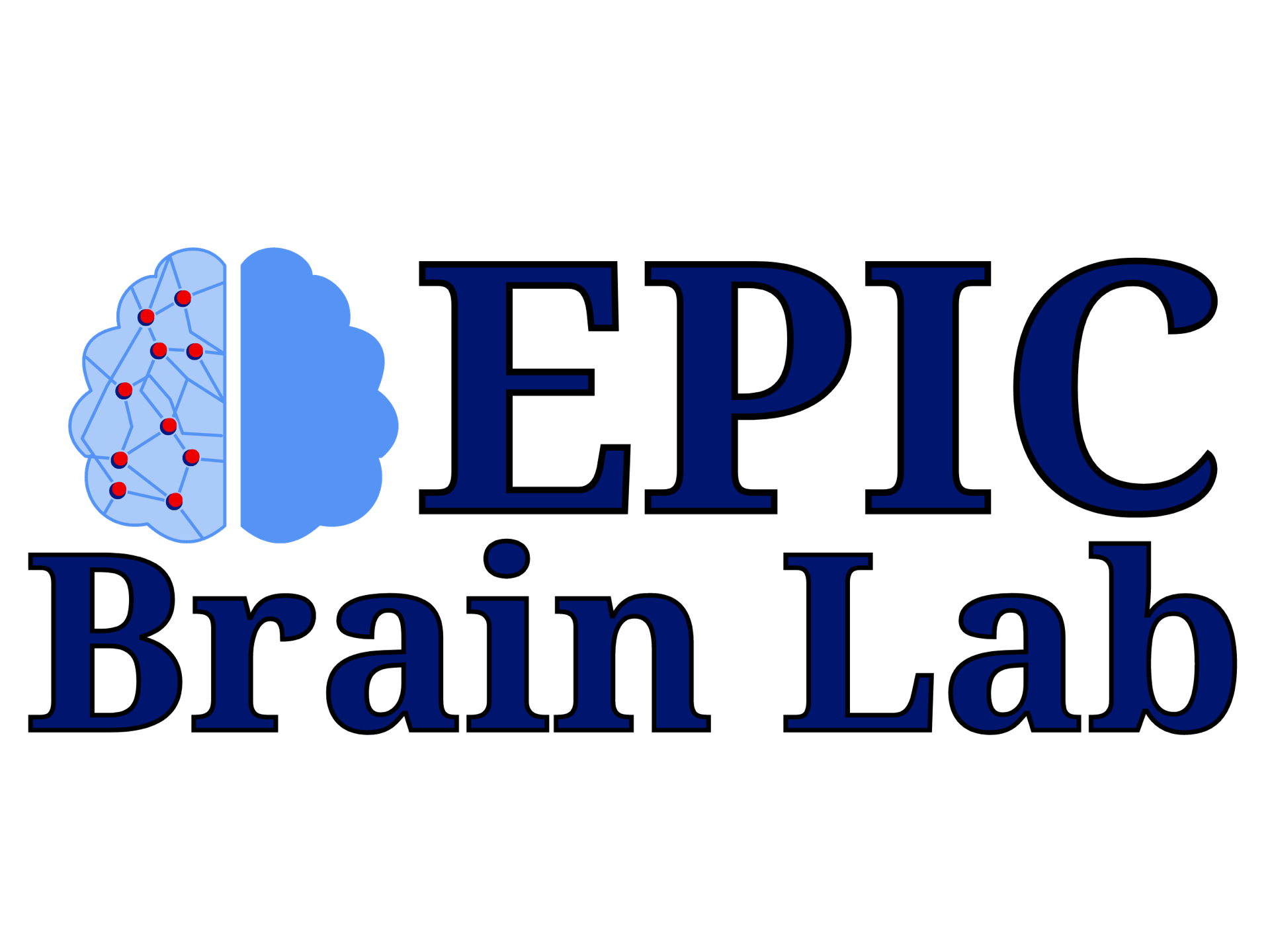
About SHARP
The Shanghai At Risk for Psychosis (SHARP) study is a multi-site research effort to detect biomarkers for psychosis. A recent approach in schizophrenia research has been to focus on the “prodrome” or “clinical high risk” (CHR) phase, the period of imminent risk for developing psychosis in adolescents and young adults, an epoch when brain, neurocognitive, and social and role functions show illness-related decline. In collaboration with the Shanghai Mental Health Center (SMHC), a World Health Organization (WHO) designated center for research and training in mental health, and hospitals affiliated with Harvard Medical School, Florida A&M University, and Massachusetts Institute of Technology (MIT), we have developed a joint program evaluating 300 CHR subjects and 150 healthy controls in China, assessing both clinical and biological data. Currently, we are following these subjects for up to 6 years to understand further the psychobiological processes that occur during this critical CHR phase in order to inform Early Intervention strategies and to enhance the already improved outcomes emerging from clinical trials. This will be the first study to comprehensively examine biopsychosocial parameters predictive of conversion to psychosis and illness progression for up to 6 years.
Collaborators

Publications
- Agurto, C., Norel, R., Wen, B., Wei, Y., Zhang, D., Bilgrami, Z., Hsi, X., Zhang, T., Pasternak, O., Li, H., Keshavan, M., Seidman, L. J., Whitfield-Gabrieli, S., Shenton, M. E., Niznikiewicz, M. A., Wang, J., Cecchi, G., Corcoran, C., & Stone, W. S. (2023). Are language features associated with psychosis risk universal? A study in Mandarin-speaking youths at clinical high risk for psychosis. World psychiatry : official journal of the World Psychiatric Association (WPA), 22(1), 157–158. https://doi.org/10.1002/wps.21045
- Niznikiewicz, M. A., Brady, R. O., Whitfield-Gabrieli, S., Keshavan, M. S., Zhang, T., Li, H., Pasternak, O., Shenton, M. E., Wang, J., & Stone, W. S. (2022). Dynamic intervention-based biomarkers may reduce heterogeneity and motivate targeted interventions in clinical high risk for psychosis. Schizophrenia research, 246, 60–62. https://doi.org/10.1016/j.schres.2022.05.004
- Zhang, F., Cho, K. I. K., Tang, Y., Zhang, T., Kelly, S., Biase, M. D., Xu, L., Li, H., Matcheri, K., Whitfield-Gabrieli, S., Niznikiewicz, M., Stone, W. S., Wang, J., Shenton, M. E., & Pasternak, O. (2021). MK-Curve improves sensitivity to identify white matter alterations in clinical high risk for psychosis. NeuroImage, 226, 117564. https://doi.org/10.1016/j.neuroimage.2020.117564
- Anteraper, S. A., Guell, X., Collin, G., Qi, Z., Ren, J., Nair, A., Seidman, L. J., Keshavan, M. S., Zhang, T., Tang, Y., Li, H., McCarley, R. W., Niznikiewicz, M. A., Shenton, M. E., Stone, W. S., Wang, J., & Whitfield-Gabrieli, S. (2021). Abnormal Function in Dentate Nuclei Precedes the Onset of Psychosis: A Resting-State fMRI Study in High-Risk Individuals. Schizophrenia bulletin, 47(5), 1421–1430. https://doi.org/10.1093/schbul/sbab038
- Del Re, E. C., Stone, W. S., Bouix, S., Seitz, J., Zeng, V., Guliano, A., Somes, N., Zhang, T., Reid, B., Lyall, A., Lyons, M., Li, H., Whitfield-Gabrieli, S., Keshavan, M., Seidman, L. J., McCarley, R. W., Wang, J., Tang, Y., Shenton, M. E., & Niznikiewicz, M. A. (2021). Baseline Cortical Thickness Reductions in Clinical High Risk for Psychosis: Brain Regions Associated with Conversion to Psychosis Versus Non-Conversion as Assessed at One-Year Follow-Up in the Shanghai-At-Risk-for-Psychosis (SHARP) Study. Schizophrenia bulletin, 47(2), 562–574. https://doi.org/10.1093/schbul/sbaa127
- Tang, Y., Wang, J., Zhang, T., Xu, L., Qian, Z., Cui, H., Tang, X., Li, H., Whitfield-Gabrieli, S., Shenton, M. E., Seidman, L. J., McCarley, R. W., Keshavan, M. S., Stone, W. S., Wang, J., & Niznikiewicz, M. A. (2020). P300 as an index of transition to psychosis and of remission: Data from a clinical high risk for psychosis study and review of literature. Schizophrenia research, 226, 74–83. https://doi.org/10.1016/j.schres.2019.02.014
- Collin, G., Seidman, L. J., Keshavan, M. S., Stone, W. S., Qi, Z., Zhang, T., Tang, Y., Li, H., Anteraper, S. A., Niznikiewicz, M. A., McCarley, R. W., Shenton, M. E., Wang, J., & Whitfield-Gabrieli, S. (2020). Functional connectome organization predicts conversion to psychosis in clinical high-risk youth from the SHARP program. Molecular psychiatry, 25(10), 2431–2440. https://doi.org/10.1038/s41380-018-0288-x
- Collin, G., Nieto-Castanon, A., Shenton, M. E., Pasternak, O., Kelly, S., Keshavan, M. S., Seidman, L. J., McCarley, R. W., Niznikiewicz, M. A., Li, H., Zhang, T., Tang, Y., Stone, W. S., Wang, J., & Whitfield-Gabrieli, S. (2020). Brain functional connectivity data enhance prediction of clinical outcome in youth at risk for psychosis. NeuroImage. Clinical, 26, 102108. https://doi.org/10.1016/j.nicl.2019.102108
- Cui, H., Giuliano, A. J., Zhang, T., Xu, L., Wei, Y., Tang, Y., Qian, Z., Stone, L. M., Li, H., Whitfield-Gabrieli, S., Niznikiewicz, M., Keshavan, M. S., Shenton, M. E., Wang, J., & Stone, W. S. (2020). Cognitive dysfunction in a psychotropic medication-naïve, clinical high-risk sample from the ShangHai-At-Risk-for-Psychosis (SHARP) study: Associations with clinical outcomes. Schizophrenia research, 226, 138–146. https://doi.org/10.1016/j.schres.2020.06.018
- Tang, Y., Pasternak, O., Kubicki, M., Rathi, Y., Zhang, T., Wang, J., Li, H., Woodberry, K. A., Xu, L., Qian, Z., Zhu, A., Whitfield-Gabrieli, S., Keshavan, M. S., Niznikiewicz, M., Stone, W. S., McCarley, R. W., Shenton, M. E., Wang, J., & Seidman, L. J. (2019). Altered Cellular White Matter But Not Extracellular Free Water on Diffusion MRI in Individuals at Clinical High Risk for Psychosis. The American journal of psychiatry, 176(10), 820–828. https://doi.org/10.1176/appi.ajp.2019.18091044
